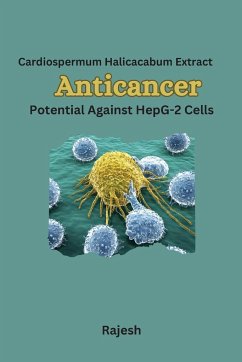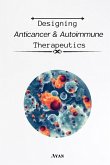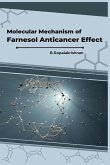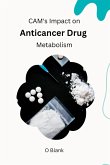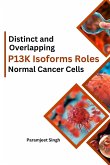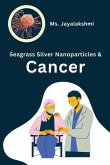The book "CardiospermumHalicacabum Extract: Anticancer Potential Against HepG-2 Cells" by Rajesh is an insightful exploration into the potential of CardiospermumHalicacabum extract as a potent anticancer agent against HepG-2 cells. The book begins with an overview of the CardiospermumHalicacabum plant and its traditional uses in various parts of the world. The author then delves into the scientific literature on the anticancer potential of the extract, with a particular focus on its effects on HepG-2 cells. The author presents a thorough review of the various mechanisms by which CardiospermumHalicacabum extract may inhibit the growth and proliferation of cancer cells. These include induction of apoptosis, inhibition of cell migration and invasion, and modulation of cell cycle progression. The book also highlights the potential of CardiospermumHalicacabum extract in combination with other anticancer drugs, and the importance of exploring this potential further. The author also discusses the various challenges and limitations associated with the use of CardiospermumHalicacabum extract as an anticancer agent, and provides recommendations for future research in this field. Overall, this book provides a comprehensive and insightful overview of the potential of CardiospermumHalicacabum extract as an anticancer agent, and will be of interest to researchers and healthcare professionals alike.

